Lesson Overview
| Overview | Activity Objectives | |
| Opening Activity | Learners will explore why moon appears different on different days and the various phases of the moon. | To understand the factors that contribute to the moon's changing appearance. |
| Main Activity | Learners will train a machine to recognize the difference between moon phases by using Teachable Machines and Google Autodraw. |
|
| Closing Activity | Learners will reflect on the capabilities of a machine in detecting image differences. |
|
Lesson Objectives
- Recognize and label the different moon phases.
- Explain the reasons behind the occurrence of moon phases.
- Train a machine to recognize the different moon phases by using image detection.
- Evaluate the capabilities and limitations of machines.
Lesson Outcomes
- Identify the different moon phases.
- Understand the principles that govern the occurrence of these moon phases.
- Apply Machine Learning prinicples to train a system in recognizing and differentiating between various moon phases.
- Evaluate the capabilities and limitations of machine learning in the context of image recognition, fostering analytical thinking in assessing technology's role in scientific understanding.
Prior Knowledge
- Familiarity with fundamental astronomical concepts, such as the Earth's rotation, orbit, and the lunar cycle.
Resources
- Teaching Deck
- Moon Phases Worksheet
- Training Images for different moon phases
- Video Tutorial for the Activity
Pre-Lesson Preparation
- Like all lessons on Eddy, this lesson follows a specific approach. If this is your first time implementing an Eddy lesson, check out our 'How to set up an Eddy Classroom' for more information.
- Prepare for necessary technology/hardware in advance.
- Devices (tablets/laptops/chromebooks/computers) for each learner.
- A stable wifi connection.
- Access to Google Teachable Machines on each device.
- Access to Google Autodraw on each device.



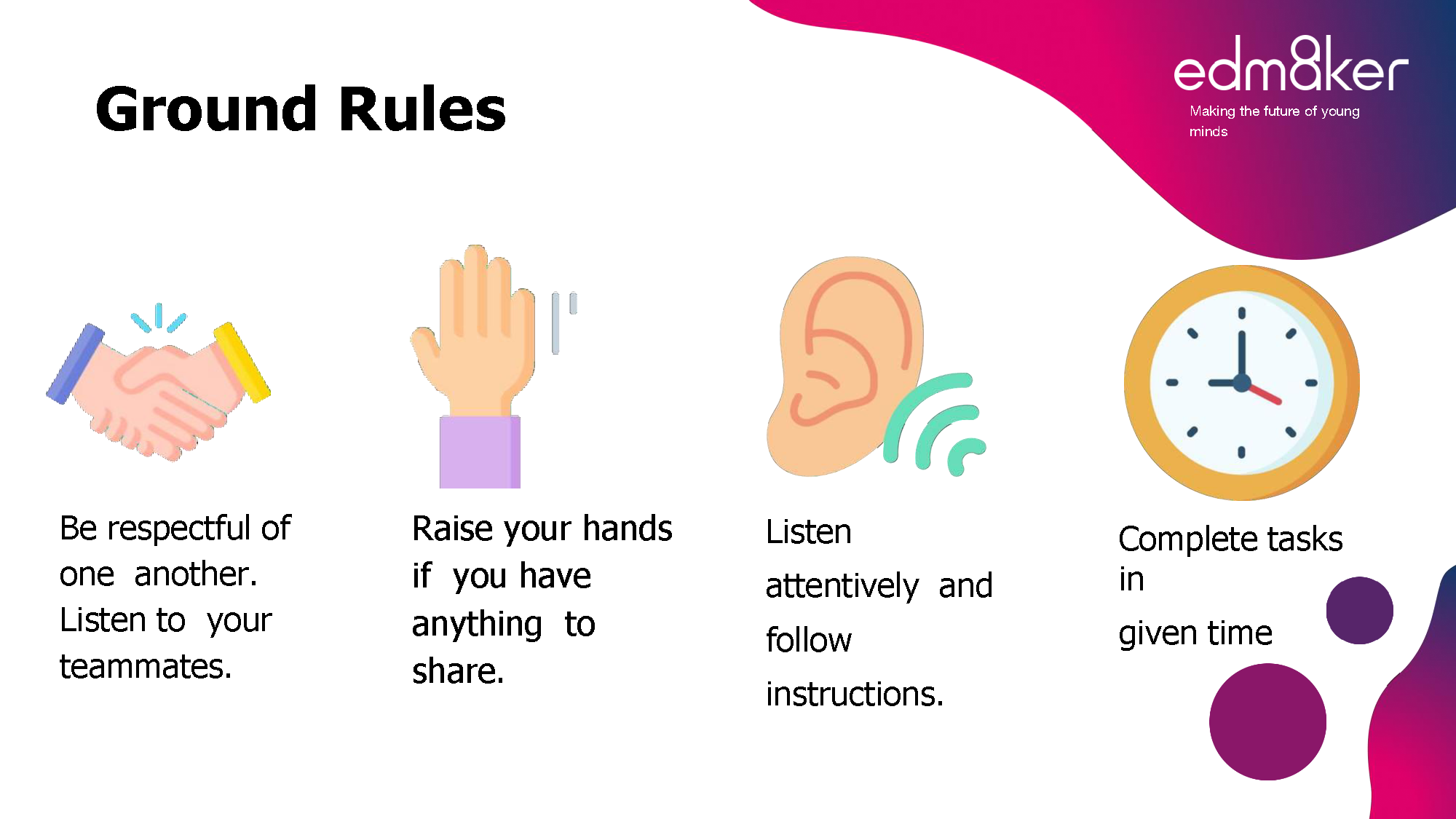
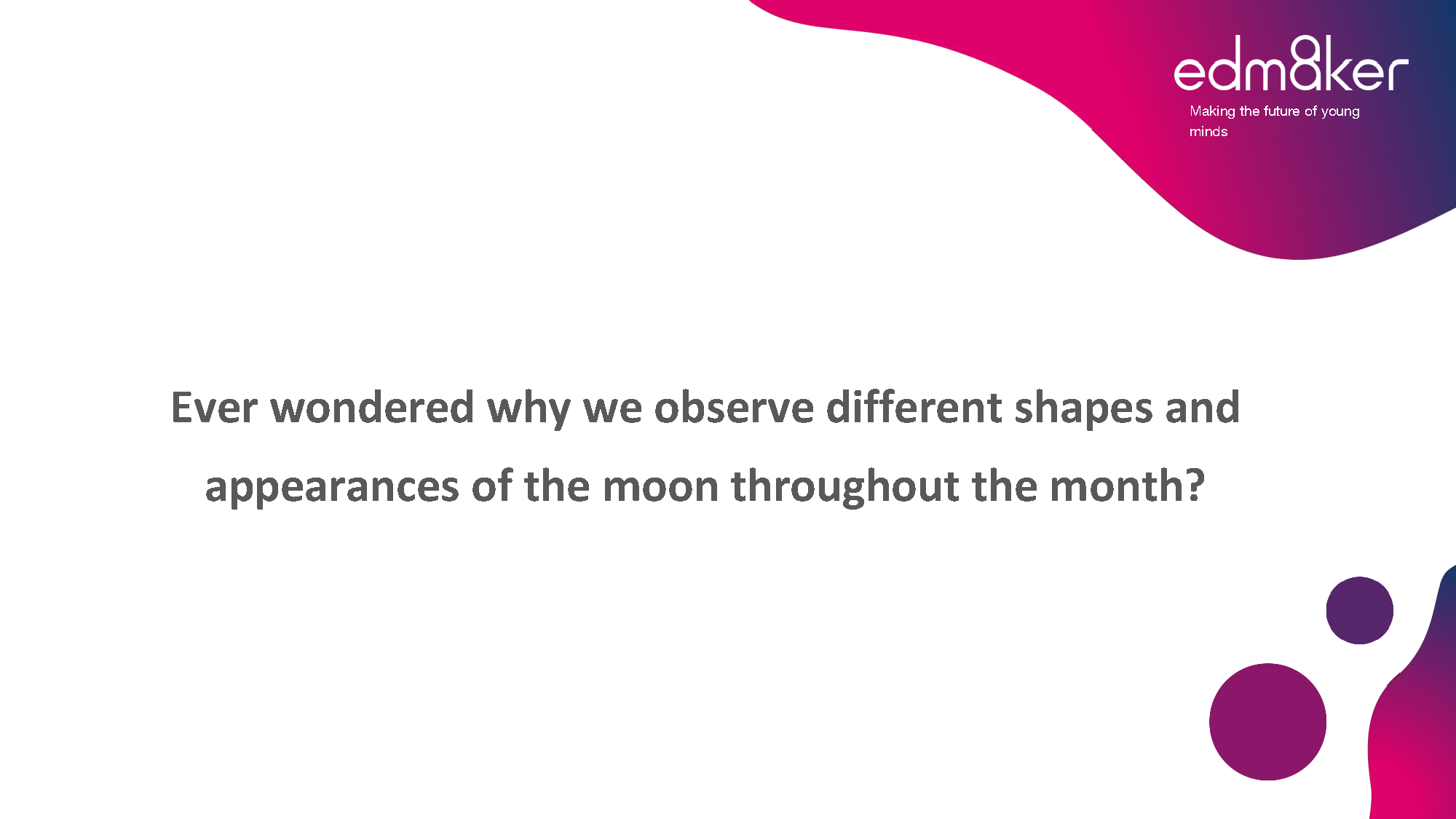
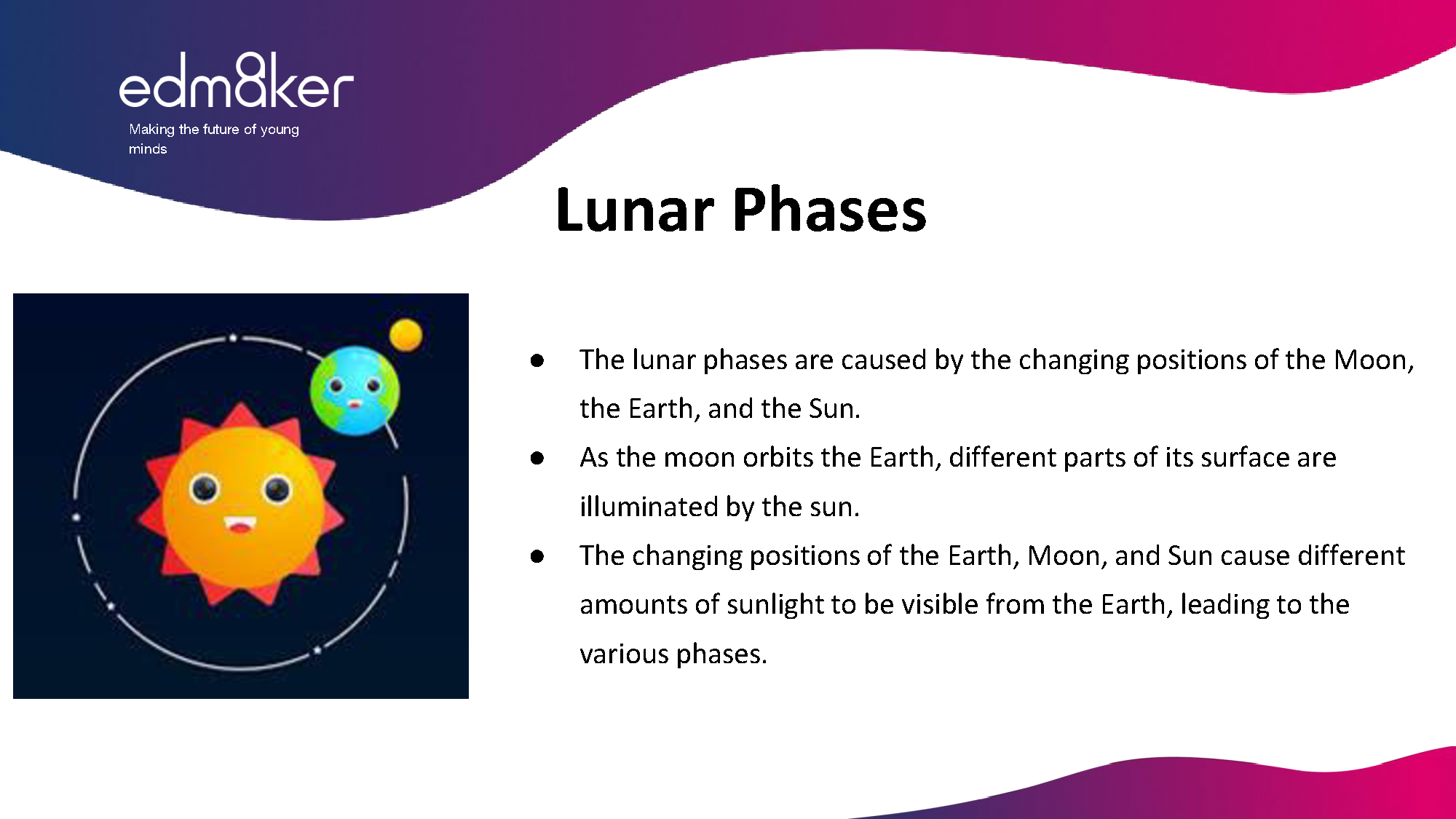
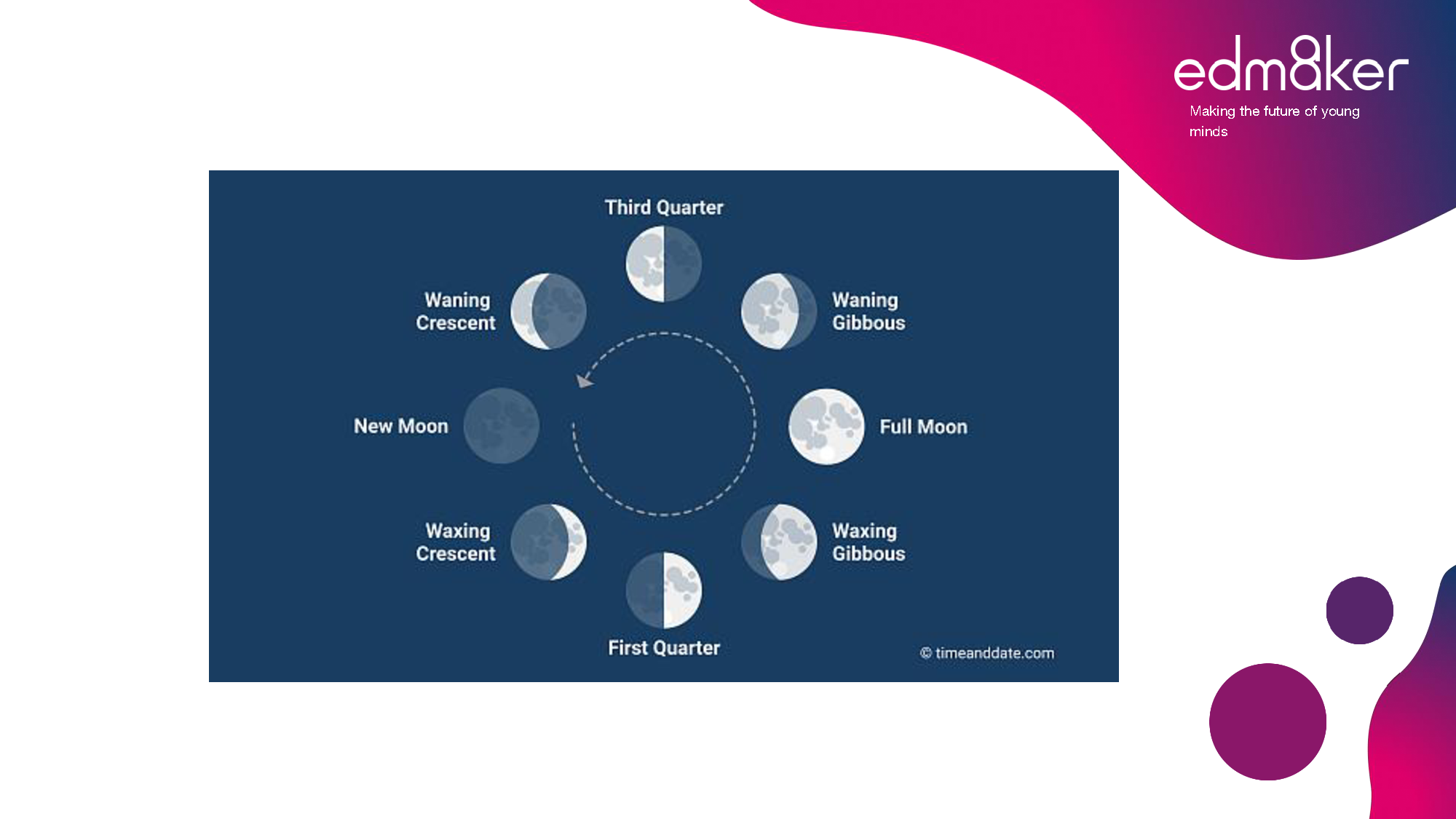
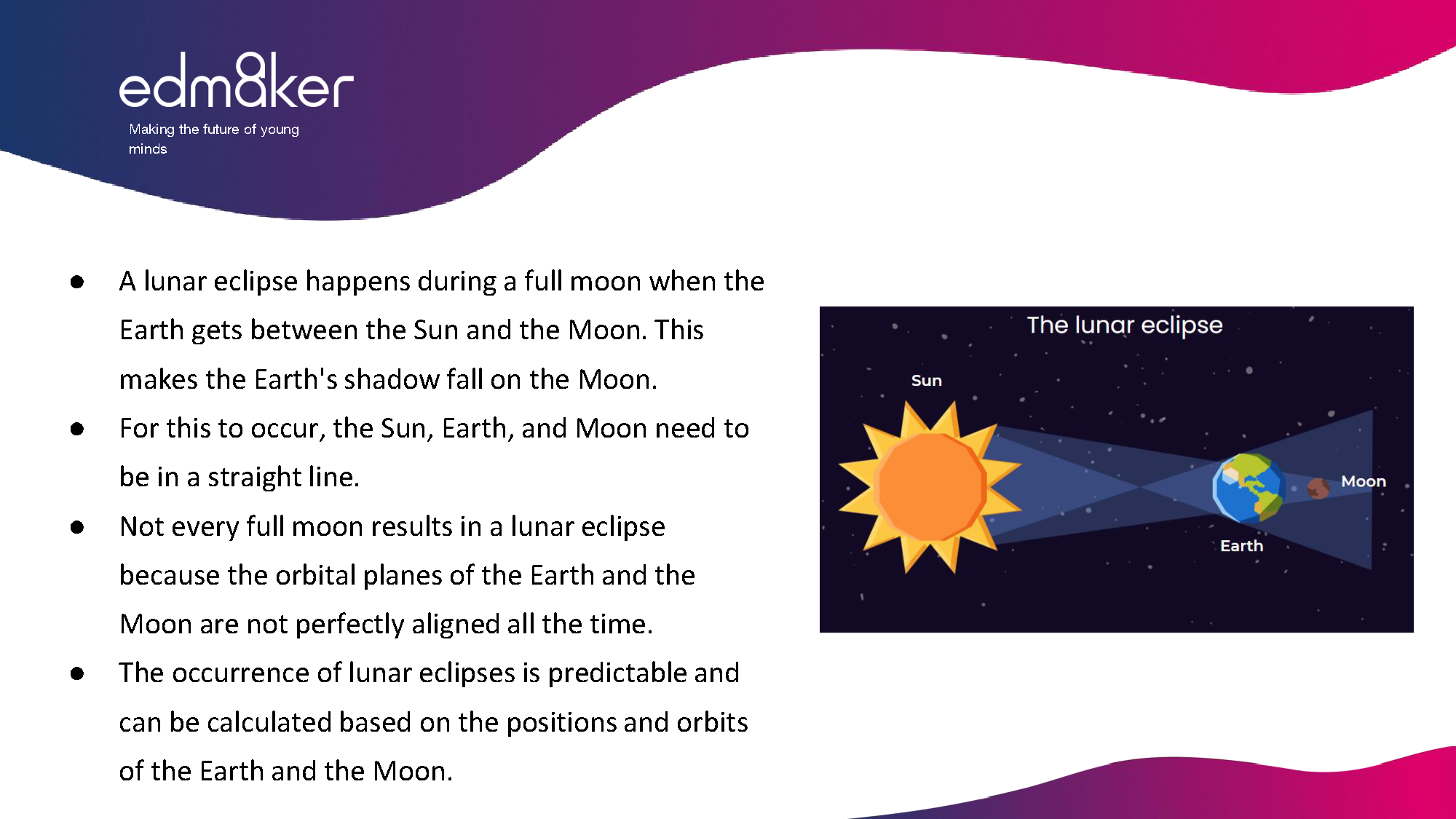
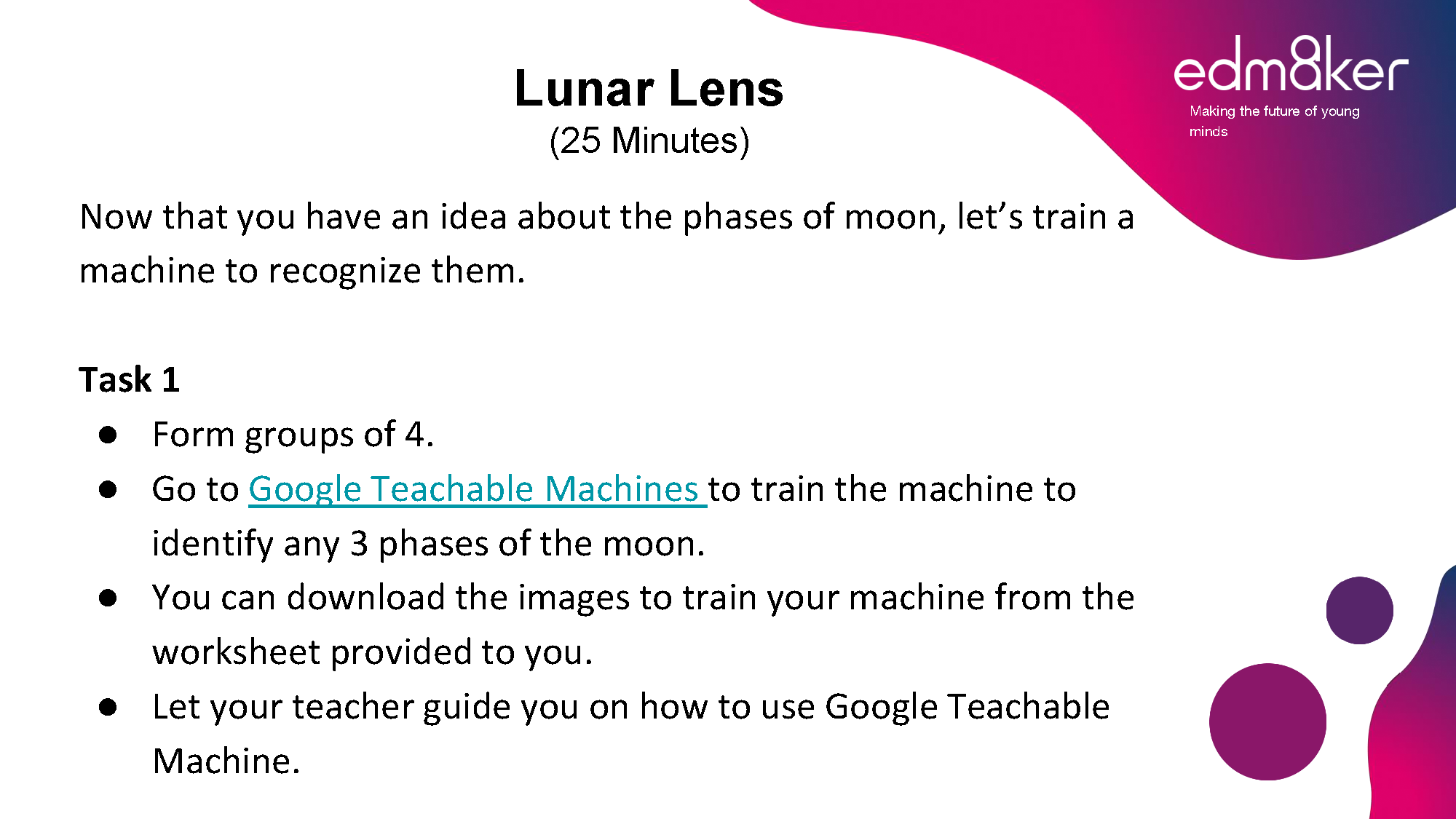


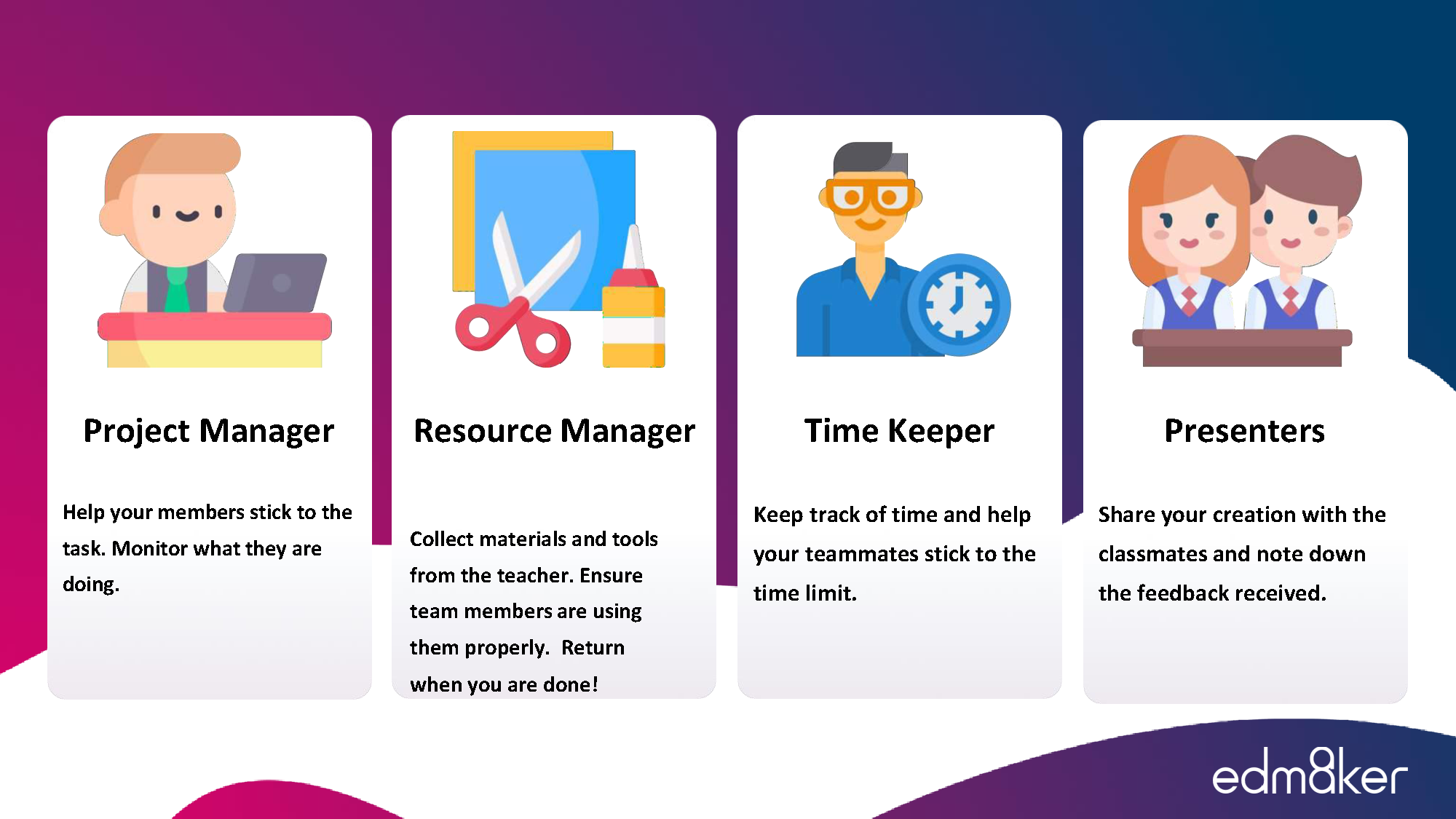
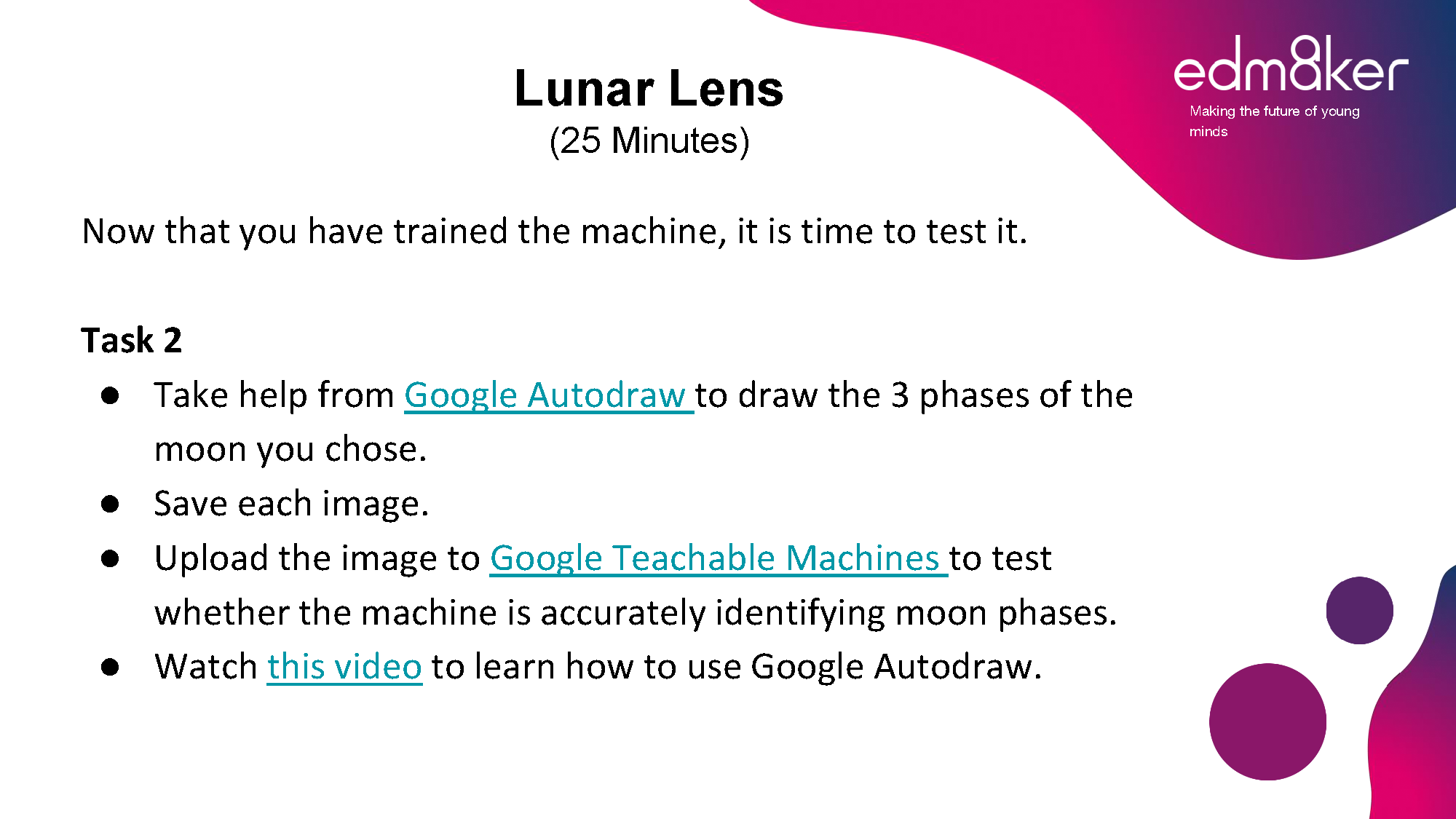
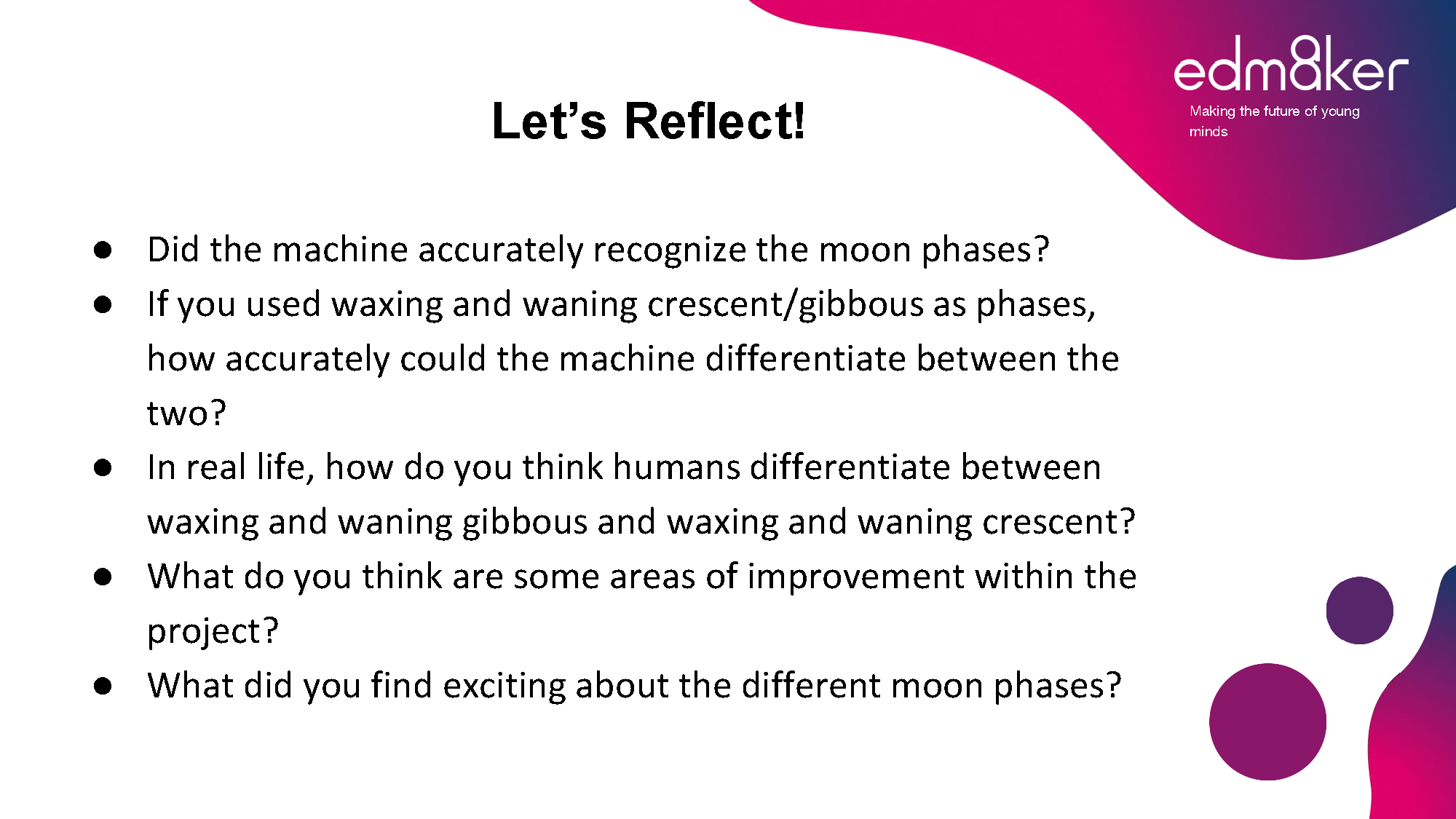





Differentiating between Moon Phases